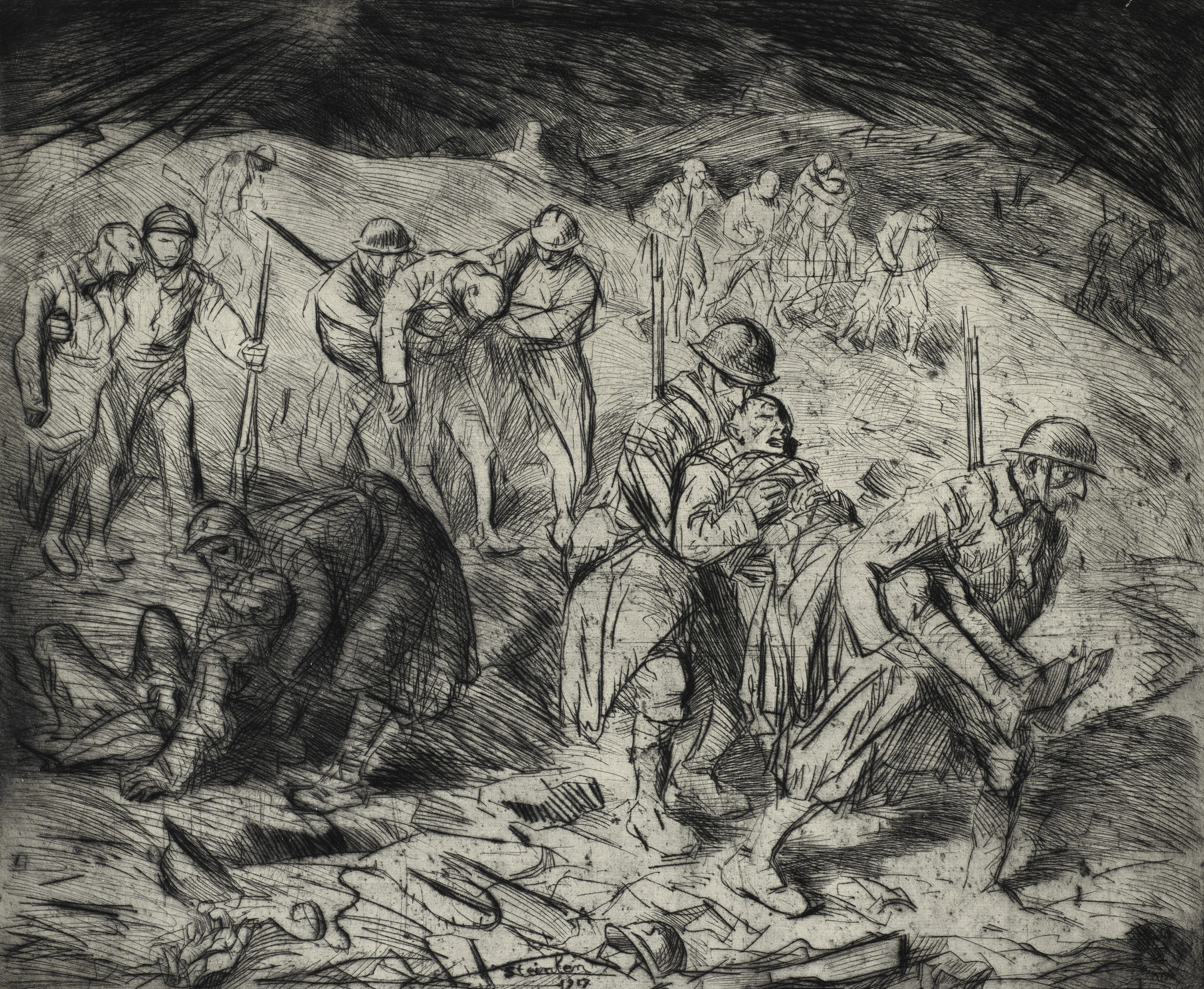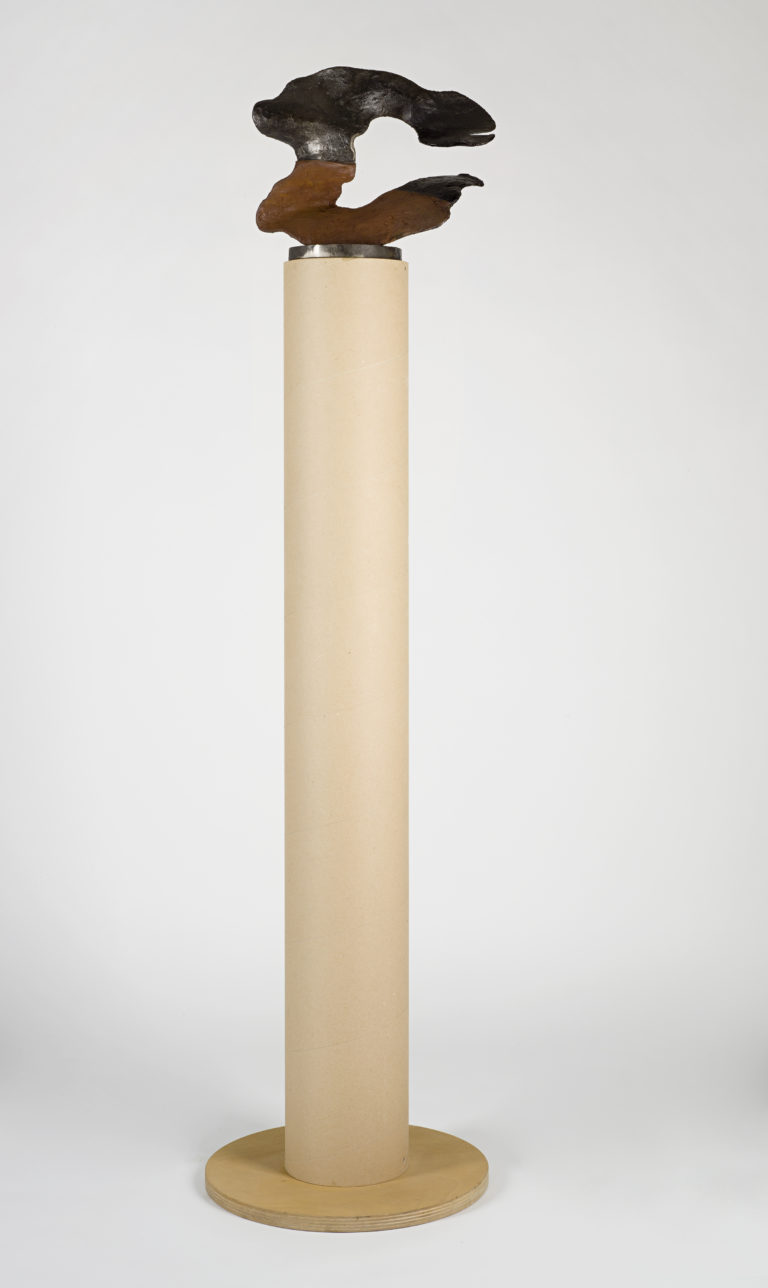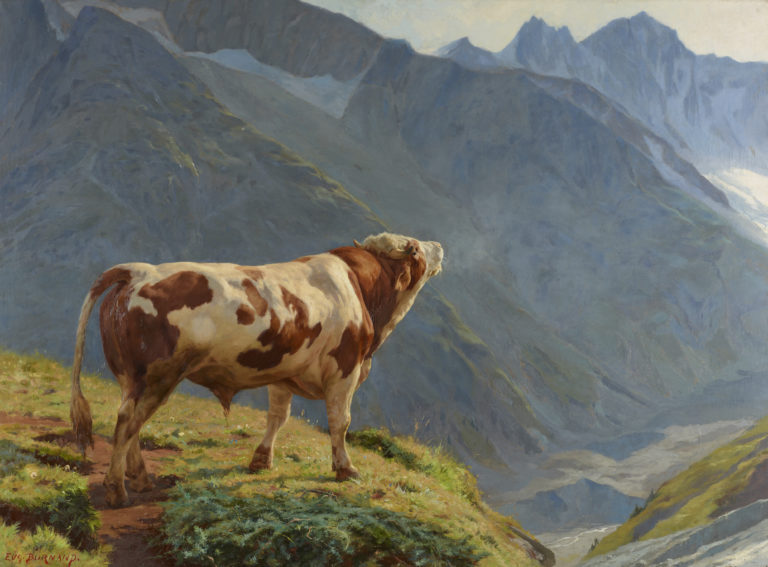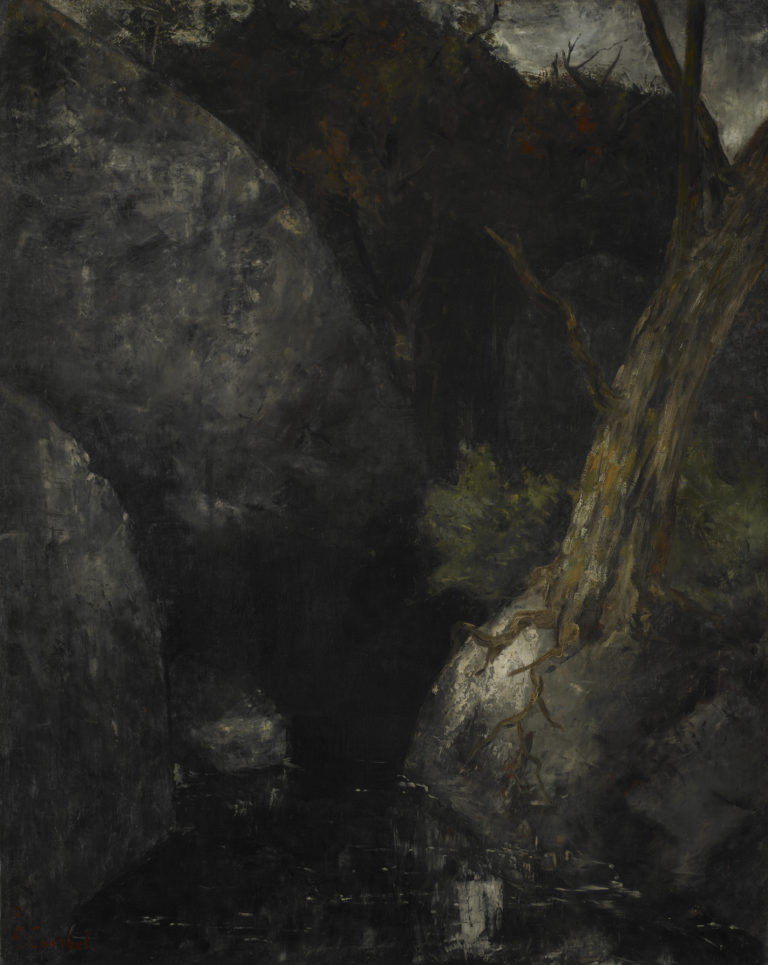Bibliography
Claire Garnier and Laurent Le Bon (eds.), 1917, exh. cat. Metz, Centre Pompidou, Éditions du Centre Pompidou-Metz, 2012: 270-271.
Philippe Kaenel, in collaboration with Catherine Lepdor, Théophile-Alexandre Steinlen, l’œil de la rue, exh. cat. Lausanne, Musée cantonal des Beaux-Arts, Ixelles, Musée communal d’Ixelles, Milan, 5 Continents Editions, 2008: n. 216.
Jacques Christophe, Théophile-Alexandre Steinlen. L’œuvre de guerre (œuvre graphique de 1914 à 1920), Lyon, Aléas, 1999, vol. 1: n. 179.




Théophile-Alexandre Steinlen was fifty-five years old when Germany declared war on France on 3 August 1914, ushering in the twentieth century’s litany of horrors. The worldwide conflict killed nearly ten million soldiers and almost as many civilians, destroyed entire cities, and laid waste to vast swathes of the European countryside. Steinlen reacted to the utter disaster of war with a vast body of work. Firmly convinced that it was his duty to reach as many people as possible, he produced more than two hundred prints.
Though Steinlen was an anti-militarist and a socialist, part of his work is devoted to the ‘sacred union’, the tendency to unite across political differences in the face of adversity. His lithographs, printed and distributed in large numbers, express his pity for soldiers – lonely infantrymen on leave, troops crowded at train stations setting off for the front – and his solidarity with the civilian population left behind in Paris – food queues at the shops, families scattered to the four winds, widows and orphans.
In parallel, Steinlen created sumptuous etchings in small editions. These denounced the violence of the fighting, the soldiers trapped by exploding shells, the rattle of machine guns and clouds of mustard gas. He requested to become an army artist in 1916 and described the darkness surrounding the men dug into the trenches, unable to move. At the time he was working on the Échappés de l’enfer, he had already travelled close to the front twice by his own means. The deeply moving scene doubtless also draws on photographs from the illustrated press. The artist takes up a nocturnal, Rembrandtesque tone to depict the survivors escaping the slaughter, carried on the backs of their fellow soldiers. The explicit reference in the foreground to traditional representations of the entombment of Christ lends universal relevance to the scene of broken bodies being taken from the battlefield.